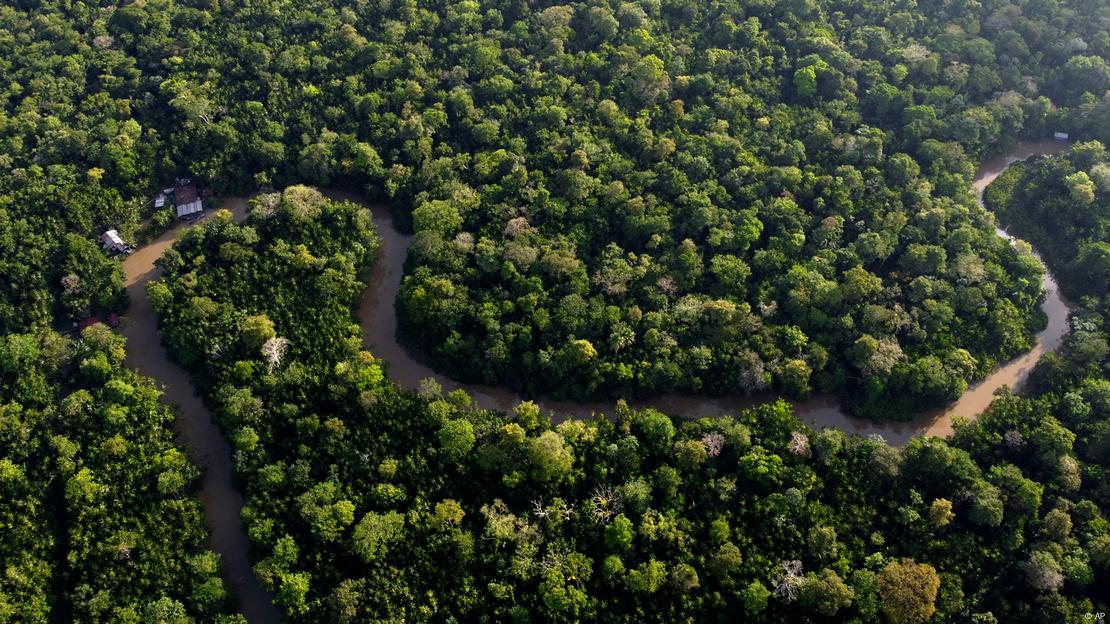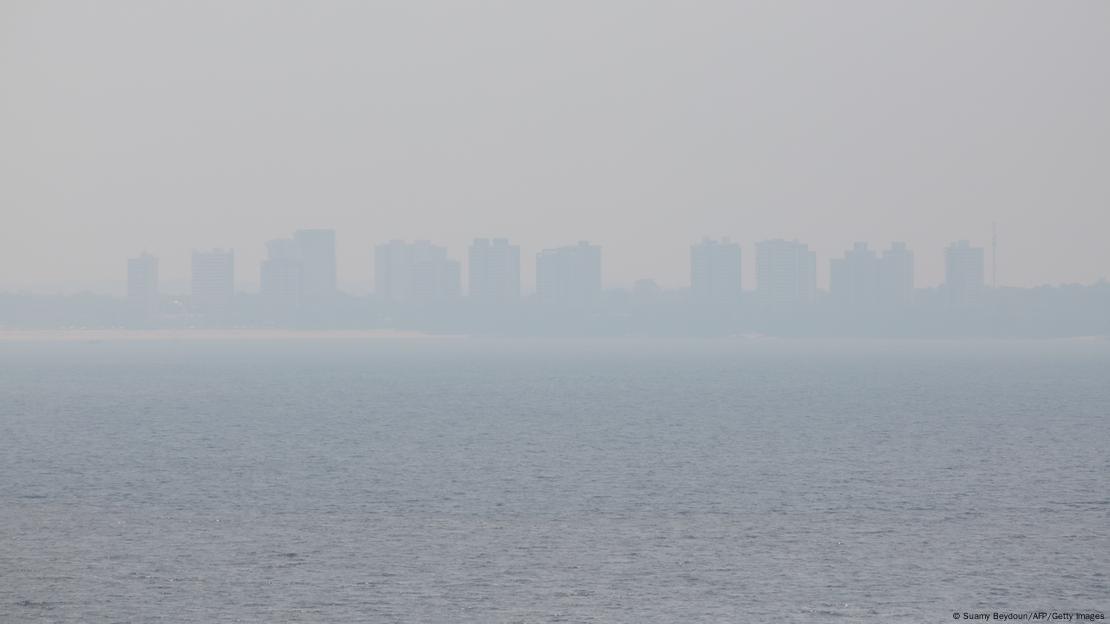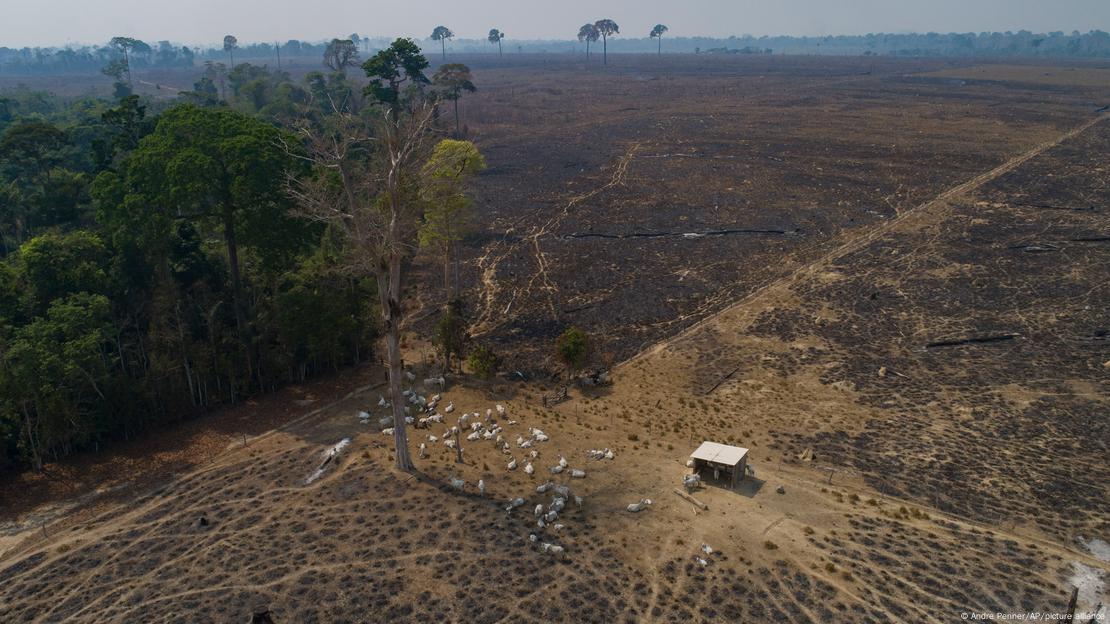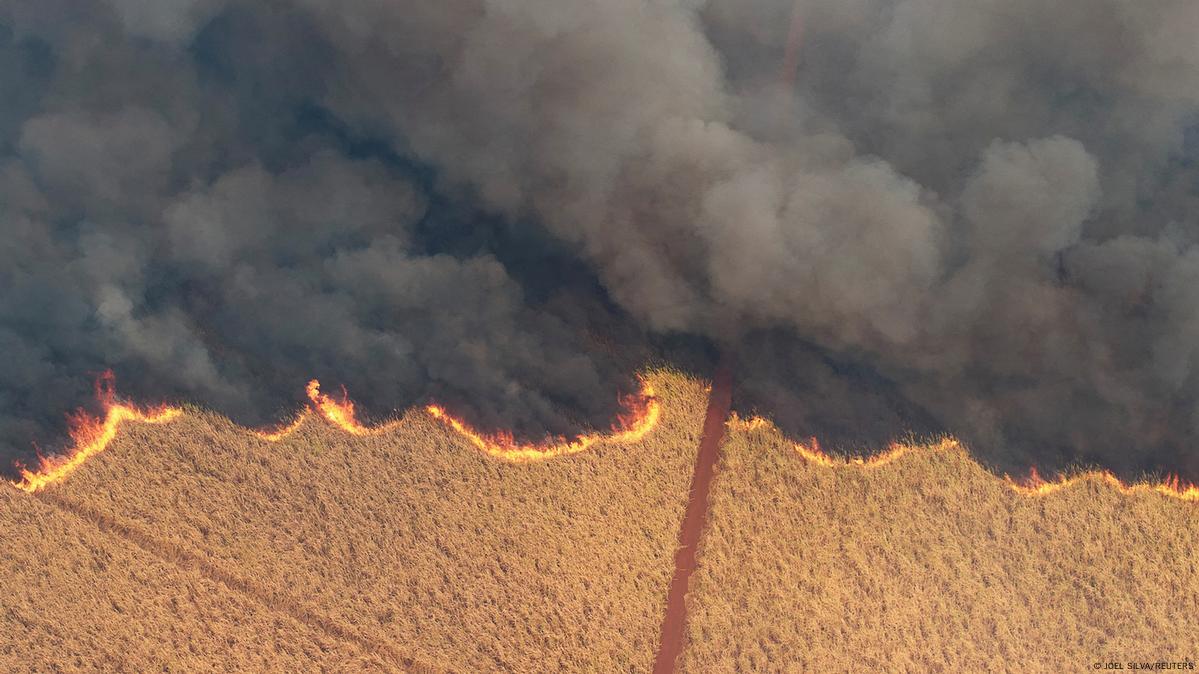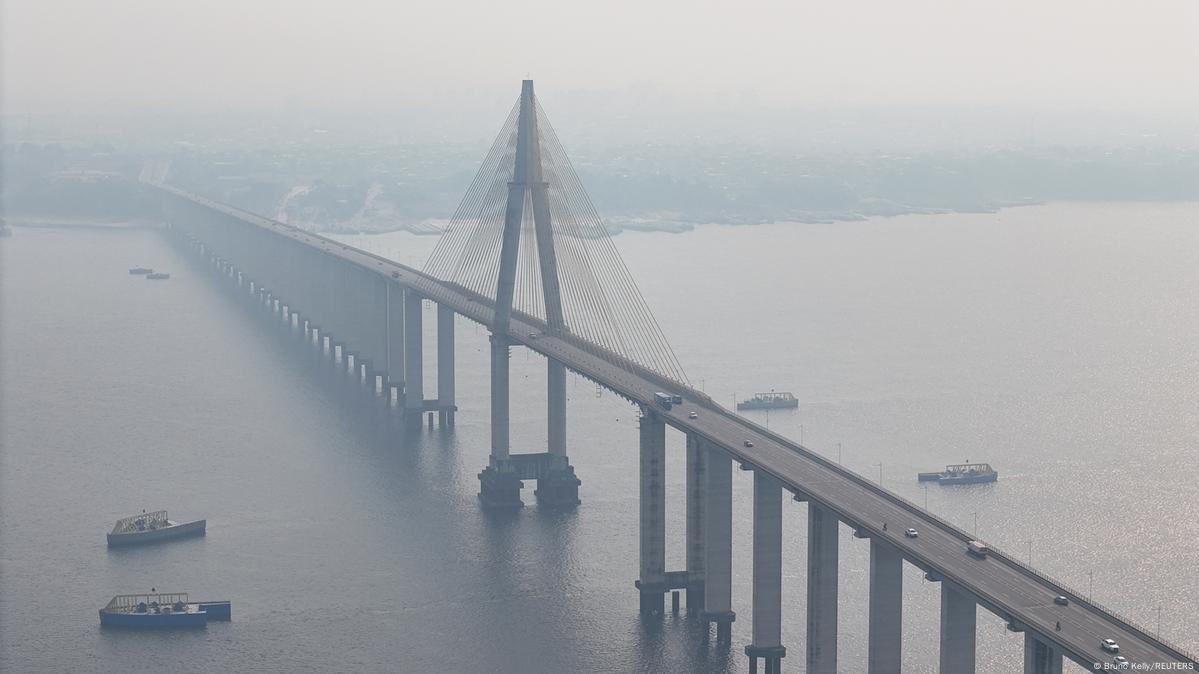Amazon Death Rattle
The Amazon rainforest is in deep trouble. Labeling it a “crisis”, however, seems too hackneyed and not descriptive enough because the devastation is beyond description.
The magnificent rainforest is morphing into a tinder box that’s trapped in the worst drought of all time. According to MapBiomas, an all-time record amount of land is charred and smoldering as 180,000 fires this year, over 50,000 current, light up Brazil, potentially threatening major cities Sao Paulo and Rio de Janeiro.
An estimated 20% of the Brasilia National Forest burned just last week.” (ABC News, 9/10/2024)
What’s happening in the Amazon may strike people as routine fires that news outlets have been covering for years. Nothing could be further from the truth. Historically, there’s nothing routine about this. Today’s fires are an unnerving example of a trend that is unique to modern-day society. Historically, over millennia, the Amazon rainforest did not experience massive take-down wildfires that incinerated all life forms.
“The Amazon evolved for millions of years without fire… its plants and animals lack the necessary adaptation….” (Source: Amazon Rainforest Fires: Everything You Need to Know, College of Natural Resources, North Carolina State University, September 23, 2019)
Making matters far-far worse than any previous fires and a chilling new development: “Almost half of the fires in the Amazon burned pristine forests, according to data from Brazil’s National Institute for Space Research. That is far from typical. It means fighting deforestation in the Amazon is no longer enough to stop fires. This matters because it shows that the fire-control practices in some of the world’s most biodiverse places are not working. And that threatens myriad forms of life, including us.” (Source: “The Fires That Could Reshape the Amazon”, The New York Times, September 17, 2024)
From Canada to Siberia to Brazil the world is on fire. When forests burn, they emit CO2. Therefore, wildfires convert carbon-sequestering trees into CO2 belching monsters in competition with gas-powered automobiles. This is global warming feeding on itself.
As a result, forest fires are getting worse. Burned-out forests in 2023 topped all previous years by a record-smashing +24%. “The latest data on forest fires confirms what we’ve long feared: Forest fires are becoming more widespread, burning at least twice as much tree cover today as they did two decades ago.” (Source: The Latest Data Confirm Forests Fires Are Getting Worse, World Resources Institute, August 13, 2024)
Global warming has turned lethal. In Brazil, a drought that began last year has become the worst on record, according to national disaster monitoring agency Cemaden. “In general, the 2023-2024 drought is the most intense, long-lasting in some regions and extensive in recent history, at least in the data since 1950,” according to Ana Paula Cunha, a drought researcher with Cemaden. (Source: South America Surpasses Record for Fires, Reuters, September 13, 2024)
According to Rachael Garrett, Professor of Conservation/University of Cambridge: “Deforestation of the Amazon has led to a reduction in rainfall in Brazil, throwing the ecosystem off balance and causing a loop of drought and devastating wildfires now impacted by the worst drought in memory.” (Source: Brazil Experiencing Record-Breaking Wildfires as Persistent Drought Affects the Amazon Rainforest, ABC News, September 14, 2024)
Global warming has become more than the mighty Amazon can handle, turning charcoal black, smothering smoke. This one-and-only world gem directly influences global hydrology from the cornfields of Iowa to the crest of the Tibetan Plateau 15,000 km away; it is literally at the heartbeat of the planet and suffering, in early stages of a massive die-off. Loss of the rainforest will bring a different world, a foreign world that nobody wants to recognize.
“According to Brazil’s National Institute for Space Research (INPE), there were over 65,000 fire hotspots by the end of August 2024—the highest number for this period since 2005.” (Source: 2024 Marks the Worst Year for Amazon Fires Since 2005, Rainforest Foundation, 2024) Worse yet, of the fire hotspots, over 38,000 were recorded in August alone, an increase of 120% compared to the same month last year with 17,373 fire hotspots.
Since time immemorial, healthy rainforests don’t burn. Fires in healthy forests do not turn catastrophic. They remain low intensity and stay close to the ground, removing debris, small trees, and woody shrubs in the understory. The Amazon rainforest, when healthy, is shrouded by misty fog in a warm climate with lots of rain, up to 260 inches per year. But global warming has taken that description away. Recurring droughts are killing the rainforest, setting the stage for massive wildfires. NASA claims droughts come so frequently that large regions of the rainforest no longer recover. This is not normal. In a word, it is frightening.
A high-end collaboration of 80 scientists claims trees in western and southern Amazon face serious risk of dying because of global warming-induced droughts. (Source: Amazon – How Will it Cope with Drought? University of Leeds, April 26, 2023)
“Wildfires in the Amazon are choking swaths of Brazil, Bolivia, and Ecuador with smoke leading to evacuations, school closures, canceled flights and a dire threat to plant and animal life in the region… An estimated 20% of the Brasilia National Forest burned just last week.” (Source: ‘Out of Control’ Fires Ravage the Amazon Region, ABC News, September 10, 2024) This is so far beyond normal that it doesn’t even compute.
“The fires in California or the fires in Europe, those aren’t the same as the fires in South America. There’s an enormous difference — the loss of biodiversity,’ says Guillermo Villalobos, a political scientist focusing on climate science at Bolivian nonprofit Fundación Solon. ‘Forests like the Amazon are historically tropical forests, meaning they’ve never burned, they’ve never coexisted with the fire. This is terribly tragic for the ecosystem and the world. The Amazon is in its worst state of the last 50 years.” (Ibid.)
The statement “tropical forests never burned” tells a horrific tale that is impossible to ignore. Human activity has lit a devasting scorching change to nature that’s sparked by the advent of CO2 emissions from burning fossil fuels, which causes excessive global warming, which is crushing the Amazon rainforest with recurring droughts that NASA says repeat so often that the once-mighty forest no longer recovers, no longer regrows. If fossil fuel emissions continue at current rates, the rainforest is destined to die. And the world will change like the remaking of a Hollywood science fiction film.
Science fiction writers have written stories about dying planets, like Dune, where inhabitants of the planet Arrakis wear “stillsuits” that recycle body moisture. Interestingly, Frank Herbert’s 1965 novel was one of the first to take environmental concerns seriously and became a rallying point for the environmental movement of the late 1960s and 70s.
Now, fifty years later, fiction like Dune turns real right before our eyes. But where’s an environmental movement as strong, as effective, as pro-active as the 1960s and 70s on progressive legislation protecting the environment? It’s disappeared.
Alas, in the face of raging forests fires around the world, we’re going backwards on environmental protections, for example, the Supreme Court is stripping environmental legislation of the 1960s-70s: “The Supreme Court is effectively axing a major component of the Clean Water Act, rolling back 50 years of wetland protection in a declaration of war against nature by changing a word in the text of the Clean Water Act. Seldom, if ever, will repercussions of a Supreme Court decision be so far-reaching and detrimental to life for the planet. It’s a dagger strike deep into the heart of the world’s most significant life source. Justice Samuel Alito “changing the text of the Clean Water Act” is guaranteed to bring forth much, much worse flooding, especially along coastlines as sea levels rise from global warming; it’ll engender new sources of pollution of streams and lakes and bring on huge losses in biodiversity and crush the beauty of nature displaced by concrete, asphalt and development. Most importantly, aquifers depend upon wetlands for replenishment.” (Source: Supremes Declare War on Wetlands, May 29, 2023)
According to the Sierra Club: “The Supreme Court’s decision will open millions of acres of wetlands—all formerly protected by the Clean Water Act—to pollution and destruction.”
Even Justice Brett Kavanaugh took exception, “scolding” Samuel Alito for “taking liberties with congressional law.” (Ibid.)
Stop CO2 emissions. Stop deforestation.
We’re methodically killing the planet. The planet cannot count on life support coming to its rescue. Hmm, the planet is life support.
But life support is burning.

